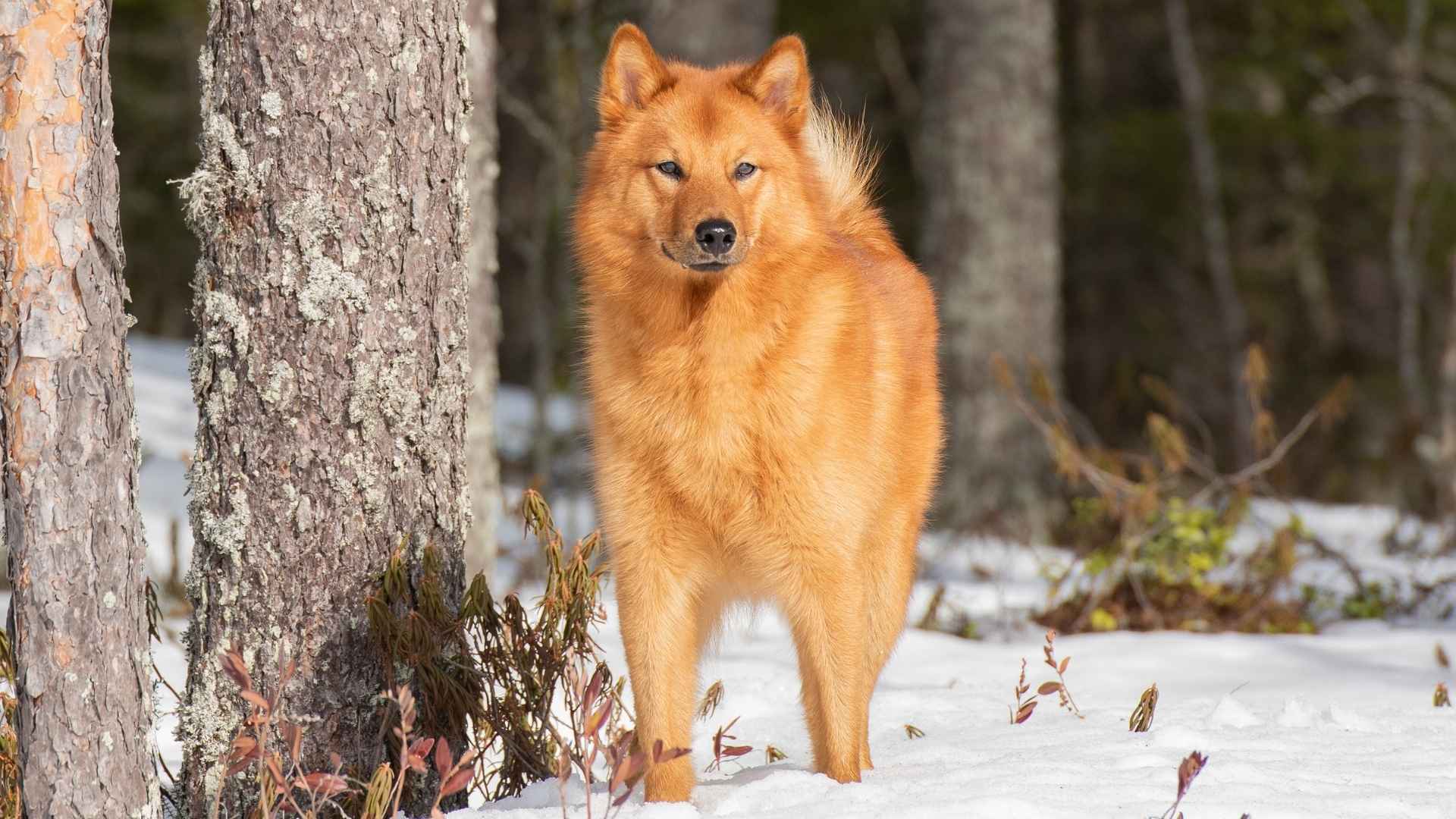When most people think of dogs, familiar faces like Golden Retrievers, French Bulldogs, or German Shepherds usually come to mind. But beyond those beloved favorites lies a fascinating world of uncommon or rare dog breeds—the hidden gems of the canine kingdom!
These lesser-known pups often fly under the radar, yet they’re packed with personality, charm, and rich histories that make them truly one of a kind.
From tiny toy breeds with royal roots to powerful working dogs bred for unique tasks, these rare dogs bring something special to the table. With over 200 recognized breeds out there, it’s no surprise that some incredible ones get overlooked. But just because they’re not trending on social media doesn’t mean they’re any less lovable.
In fact, their uniqueness is part of what makes them so endearing. Ready to meet some of the most underrated four-legged friends out there? Let’s dive into the world of rare dog breeds!
Uncommon Dog Breeds
1. Pyrenean Shepherd

The Pyrenean Shepherd, or Pyr Shep, is a spirited herding dog breed from the Pyrenees Mountains. Though not as widely known as their cousin, the Great Pyrenees, these lean, medium-sized dogs have played a vital role in livestock work for centuries. With upright ears, almond-shaped eyes, and either a rough or smooth face coat, they combine agility with alertness in every step.
Pyr Sheps are packed with energy and thrive when they have a job to do. Historically, working alongside the Great Pyrenees, they’re bred to think fast and move faster. Their quick reflexes and love for movement make them excellent at agility sports.
This isn’t the kind of dog that’s content with a short stroll around the block. Pyrenean Shepherds need at least one to two hours of daily physical and mental stimulation to stay happy, states Purina.
Whether it’s agility training, herding exercises, or advanced obedience work, they crave purposeful activity. Without it, they may channel their energy into more mischievous behaviors at home.
These herding dogs often bond deeply with their families and are especially good with children. However, their natural herding instincts can sometimes make them a bit overzealous around other household pets. Early training and socialization can help, but it’s something potential pet parents should keep in mind.
2. Polish Lowland Sheepdog
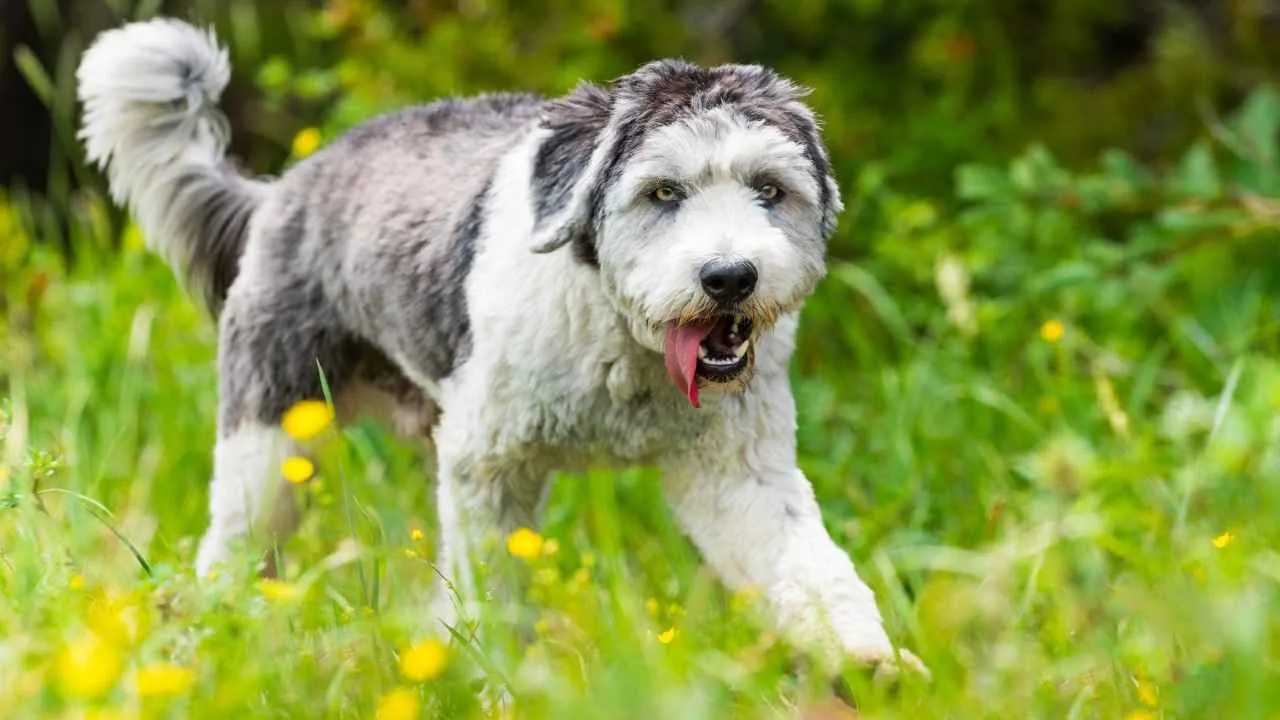
The Polish Lowland Sheepdog, or PON, is a sturdy herding breed famous for its shaggy coat and mop-like appearance. Bred in Poland to guard and herd livestock, these confident dogs need homes that can meet their high energy levels and grooming demands. Loyal and hardworking, PONs require owners who can handle their independent nature and daily coat care.
Highly intelligent and energetic, PONs need both physical exercise and mental stimulation to stay happy and balanced. They thrive on activities like long walks, puzzle games, agility, and nose work, needing at least an hour of engagement daily. Exploring nature and sniffing around is especially rewarding for this curious breed.
Their thick, tousled coat is adorable but demanding. Daily brushing is necessary to prevent mats, and seasonal shedding means extra grooming during those times. Long fur can trap debris, so regular grooming is essential. Some owners opt for shorter trims to ease maintenance.
Training a PON requires patience and consistency. While smart, they tend to be strong-willed and independent, making early socialization important, especially since they can be reserved around strangers.
They may not always get along with unfamiliar dogs, so supervised social interactions are best. Their alertness makes them excellent watchdogs, though be ready for frequent barking at new sights and sounds.
3. Lagotto Romagnolo
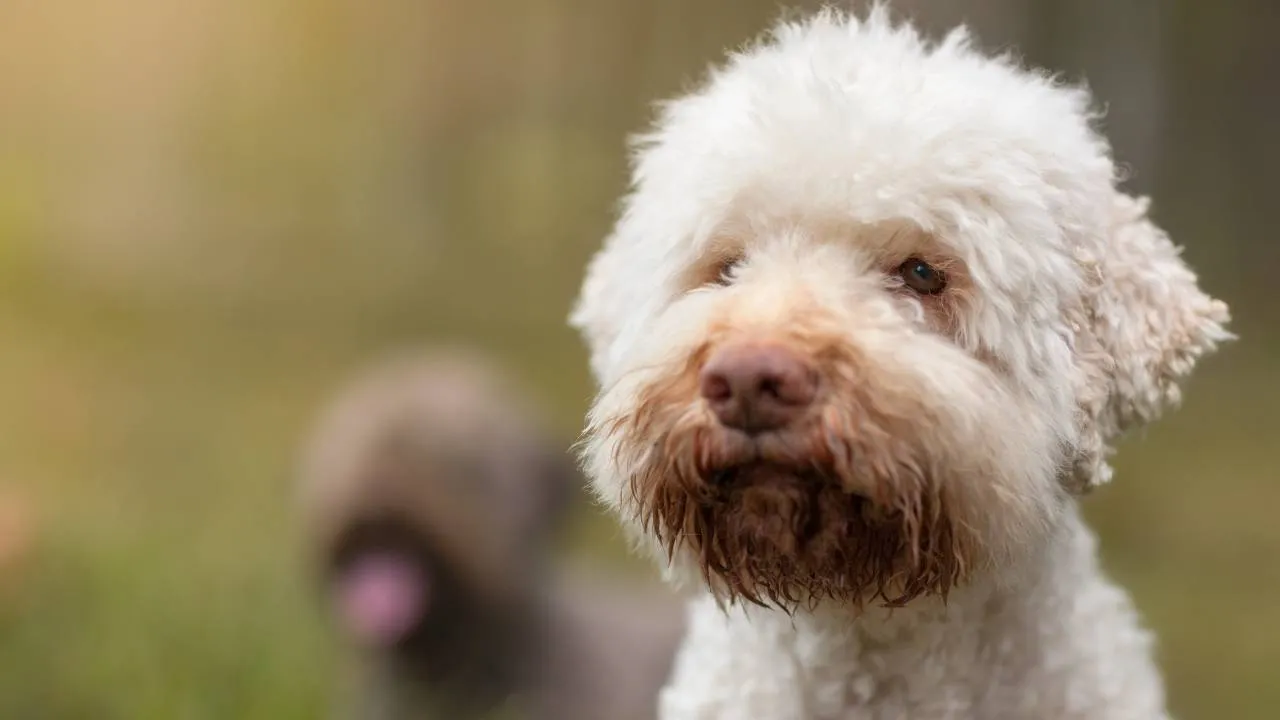
The Lagotto Romagnolo, also called the Romagna Water Dog, is a distinctive breed from Italy originally bred for water retrieving. Its name means “lake dog from Romagna,” reflecting both its heritage and love for water. Over time, this curly-coated dog became the world’s only purebred breed officially recognized for truffle hunting.
Medium-sized and covered in a woolly, water-resistant coat, the Lagotto is gentle, affectionate, and loyal. Friendly with children and other pets, they fit well in both active families and more relaxed homes, provided their energy is properly channeled.
Intelligent, playful, and eager to please, Lagottos responds well to training but needs plenty of mental stimulation. Simple walks won’t satisfy them; engaging games, sniffing activities, and interactive play are essential to keep them happy and out of trouble.
These dogs love water. Their webbed feet make them excellent swimmers, and also great companions for outdoor lovers. They can adapt to apartment living if given enough daily exercise—because a tired Lagotto is a well-behaved one, states WebMD.
Though bred for specialized work like truffle hunting, the Lagotto is also a calm, affectionate companion. They’re not aggressive but serve as reliable watchdogs thanks to their alertness and loyalty. Their strong bond with family and loving nature make them wonderful pets who thrive on attention and affection.
4. Finnish Spitz
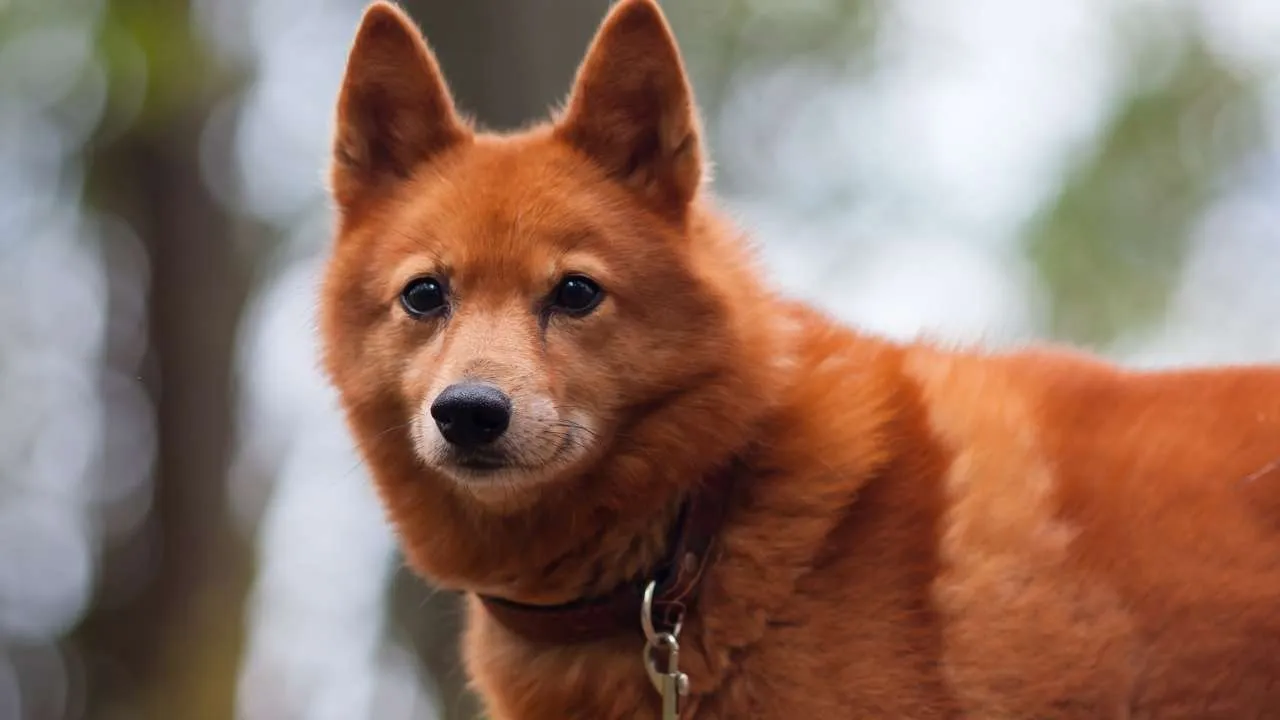
With its golden-red coat, curled tail, and pointed ears, the Finnish Spitz—affectionately called the “Finkie”—boasts a distinct fox-like look. Originating in Finland, this lively and intelligent breed is known for being affectionate, alert, and naturally protective, making it both a charming companion and a reliable watchdog for active households.
Originally bred to hunt small game, the Finnish Spitz still has strong prey instincts and a high energy level. It uses scent, sight, and its trademark rapid-fire barking—sometimes over 150 barks per minute—to track and distract prey. While now mostly companion animals, they still thrive on activity and stimulation.
These dogs need an ample amount of regular exercise to stay balanced. A fenced yard is great for off-leash play, but they also enjoy outdoor adventures like hiking, jogging, or even biking. At least one long walk and additional playtime each day are ideal to keep them happy.
Their thick double coat requires seasonal upkeep, especially during heavy shedding in spring and fall, when daily brushing helps manage the loose fur. Otherwise, grooming is simple—occasional baths, routine nail trimming, and regular ear checks are usually enough.
Though intelligent and eager, Finkies can be a bit independent. Training should begin early using positive, reward-based methods. Short, consistent sessions work best, as this breed responds poorly to harsh correction and thrives on encouragement.
A Unique Hunting Style:
Watching a Finkie on the hunt is an impressive sight. They lock onto a bird’s scent, then trail it with stealth before breaking into a fast-paced bark that alerts their human partner. The dog keeps the bird distracted while their wagging, curled tail acts as a beacon in dense terrain.
5. Cesky Terrier
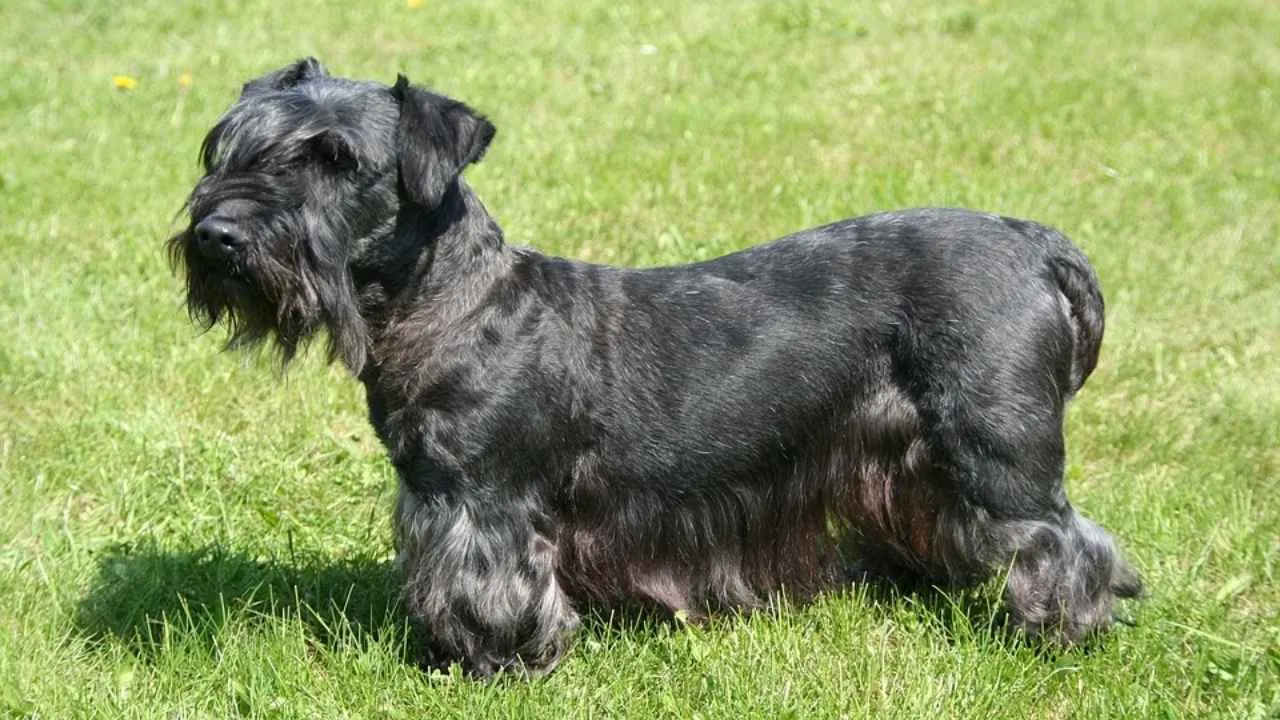
The Cesky Terrier—pronounced “chess-key”—is a rare breed from the Czech Republic with a low-set, muscular frame and a calm yet spirited temperament. Though smaller in size, these terriers are affectionate and clever and thrive in homes where they can enjoy close companionship.
Also called the Czech or Bohemian Terrier, the breed arrived in the U.S. during the 1980s and joined the American Kennel Club’s Terrier Group in 2011. Despite its many appealing traits, the Cesky remains quite rare in the U.S., with only a few hundred known nationwide.
Though originally bred for hunting, the Cesky is more relaxed than many terriers. Still alert and watchful, it makes a dependable watchdog without being overly excitable. Loyal and eager to stay close, it enjoys both quiet indoor time and outdoor adventures.
With a silky, wavy coat and a neatly trimmed body, the Cesky has a distinctive look. Longer furnishings on the legs, chest, and face give it a whimsical, expressive appearance, while careful grooming enhances its strong build and signature charm.
One unique trait of the Cesky is its changing coat color. All puppies are born black, but their fur gradually lightens, typically settling into a steel grey by age two. Some rare individuals turn light brown, and even as puppies, skin tone can hint at their adult coloring.
6. Canaan Dog
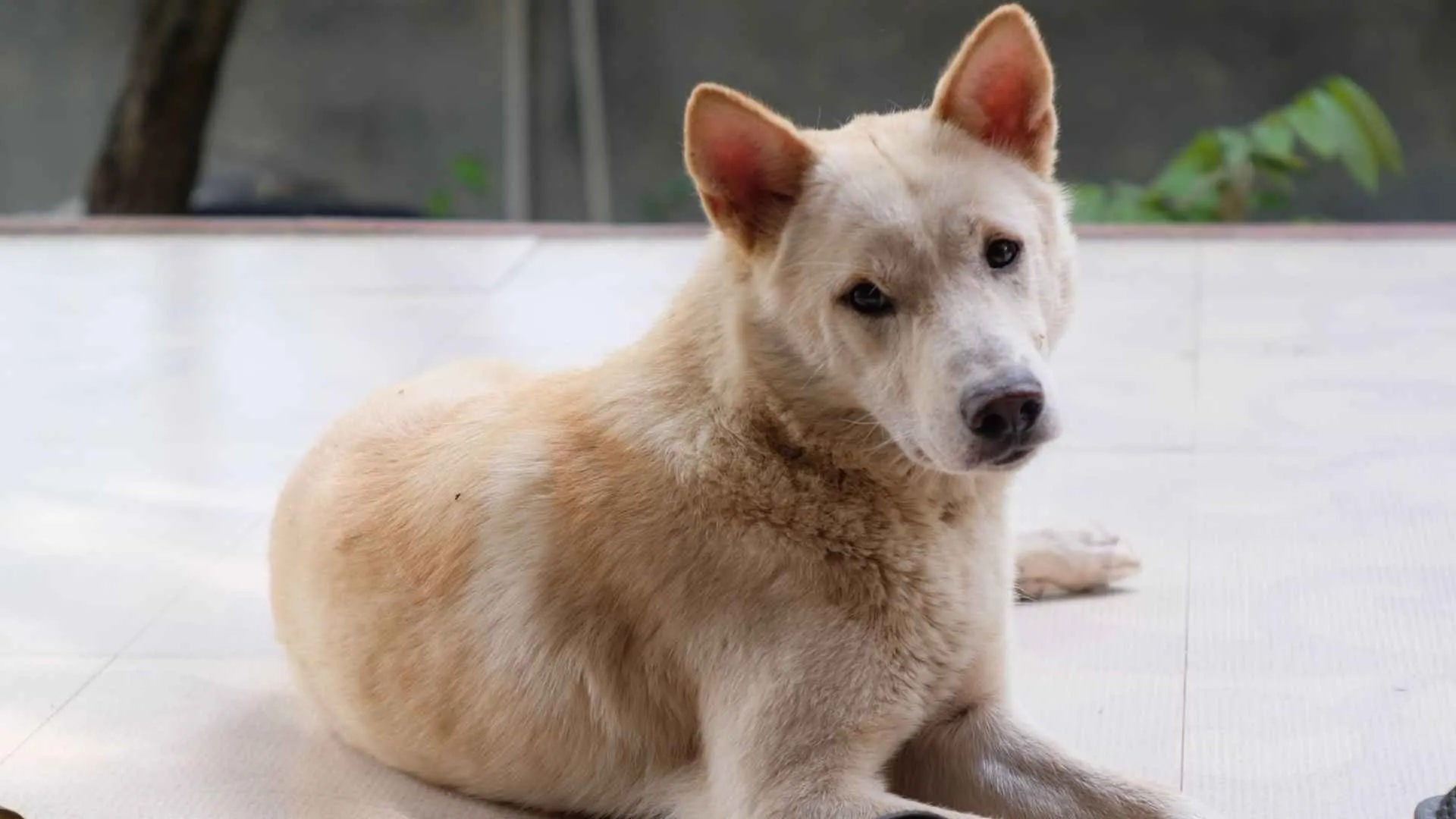
The Canaan Dog is an ancient breed descended from wild desert dogs that lived in the region since biblical times. Once used for guarding and hunting, they were re-domesticated in the 1930s and quickly became reliable protectors of kibbutzim.
Their sharp senses and intelligence even made them valuable wartime aides, helping locate land mines and serving as messengers. Today, they continue to be alert, loyal companions and excellent watchdogs.
American Kennel Club (AKC) defines this breed as “alert, vigilant, confident,” and it is the National Dog of Israel.
These dogs are intelligent, active, and thrive when given meaningful tasks. Naturally wary of strangers but deeply devoted to their families, they benefit from regular physical and mental exercise. A couple of brisk daily walks, off-leash play in a secure yard, or participation in dog sports like agility and herding help keep them fit and mentally engaged.

Grooming a Canaan Dog is relatively simple thanks to its weather-resistant coat. Weekly brushing helps control shedding, especially during spring and fall. Baths are rarely needed, and regular nail trims, ear checks, and dental care round out a low-maintenance routine.
Training should be gentle and consistent. Canaan Dogs are responsive to positive reinforcement but may shut down with harsh correction. Early socialization is important to reduce their natural aloofness and shape them into confident, well-mannered companions.
7. Peruvian Inca Orchid
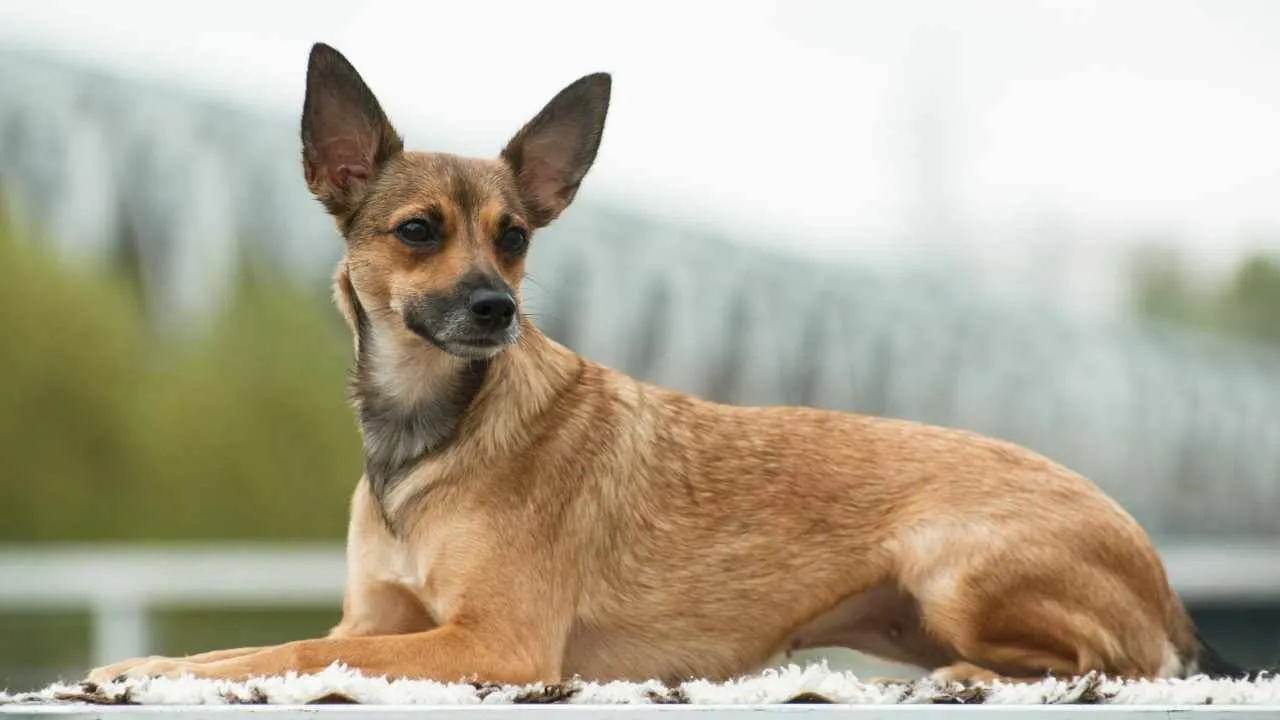
Dating back to around 750 A.D., the Peruvian Inca Orchid—also known as the Peruvian Hairless Dog is one of the most distinctive breed. This is an ancient breed celebrated in South American pottery and textiles. Though not originally bred by the Incas, it became closely linked with their empire and was highly prized during their reign.
Sleek and athletic, this sighthound is most recognized for its mostly hairless body, with occasional tufts on the head, feet, and tail. Some pups are born fully coated due to recessive genes. Available in three sizes—from under 10 inches to 26 inches—PIOs come in a range of skin tones and coat colors, giving each dog a unique appearance. Their build is elegant and agile, designed for speed and stamina.
Loyal, alert, and intelligent, Peruvian Inca Orchids form strong bonds with their families and tend to be reserved with strangers. They adapt well to apartment living but need regular activity—daily walks and mental stimulation are essential. While affectionate and devoted, their high energy and prey drive mean supervision is advised around small children and pets.
Their hairless skin is their defining and unique characteristic. However, it also necessitates special care to protect against sunburn, heat, and cold. Nicknamed “moon dogs,” they do best when exercised in cooler times of day. Light clothing, shade, or dog-safe sunscreen can help keep them safe and comfortable in varying weather.
Did You Know?
The hairless trait follows an interesting genetic pattern: a puppy must inherit one dominant hairless gene and one recessive-coated gene to survive. Two copies of the hairless gene are fatal before birth. This is why every Peruvian Inca Orchid has at least some recessive hair genes, explaining why coated puppies can appear alongside hairless siblings.
Conclusion
Uncommon or rare dog breeds offer a glimpse into the rich diversity and purpose-driven history of canine companions. From the elegant Pharaoh Hound of ancient Egypt to the Norwegian Lundehund with six toes and joints that bend in the opposite direction, these unique breeds are defined by their distinctive characteristics and specialized roles.
Many were bred as hunting dogs—like the English Foxhound, Ibizan Hound, and Grand Basset Griffon Vendéen, known for tracking and hunting foxes, or the American English Coonhound, a skilled scent hound. Others, like the Belgian Laekenois and Bergamasco Sheepdog, reflect generations of herding expertise. At the same time, breeds like the Coton de Tulear, Brussels Griffon, and Poodle offer affectionate companionship with charm and intelligence.
From the Bedlington Terrier and Skye Terriers to the sleek Chinese Crested and West African Sighthound, each breed brings its own personality, whether it’s webbed feet for swimming, a dense coat for cold climates, or erect ears for alertness. Even official symbols like the state dog of South Carolina or Alaska’s official state dog highlight the unique bond between region and breed.
Whether prized for their hunting abilities, exceptional sense, or simply their striking look and temperament, these dogs stand apart from many other breeds. Their rarity and versatility make them excellent companions for those seeking a dog that’s truly one of a kind.


